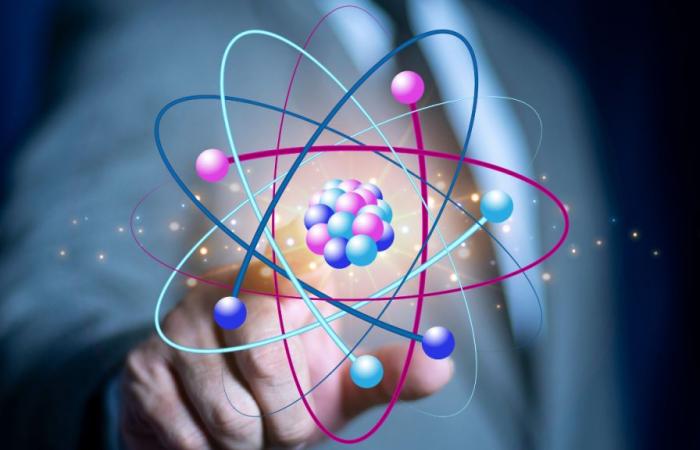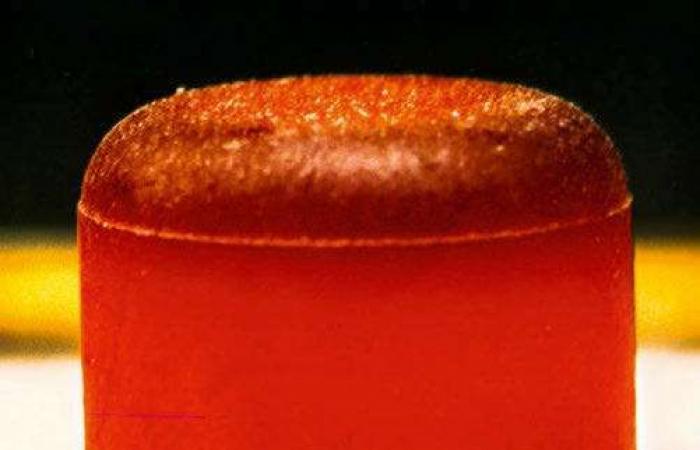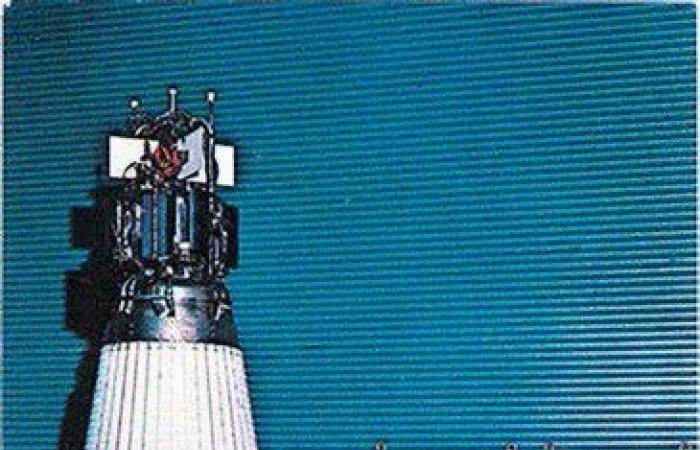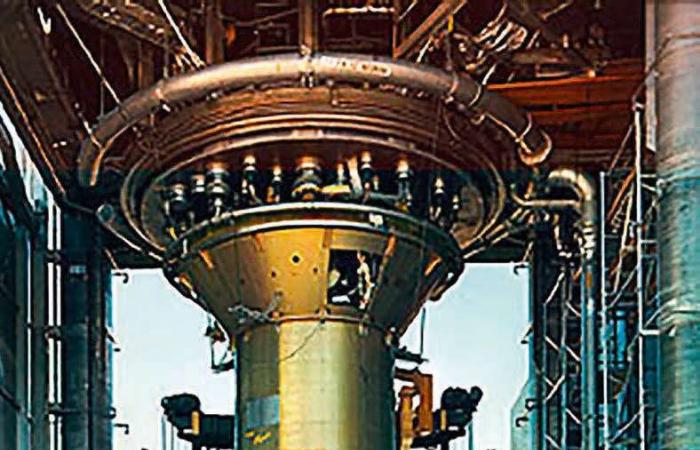NASA – M.TUMELAIRE
A power plant to power the future lunar base, a nuclear-thermal thruster to travel at record speeds, an electric nuclear engine to send our probes to the confines of the Solar System… Suddenly, nuclear energy seems to be its future, of all space missions. cosmic seems all mapped out. Only some time ago, however, sending nuclear technology into orbit was unimaginable: the prospect of a catastrophe, such as a crash on takeoff due to radioactive pollution, dampened enthusiasm. So what has changed?
Risk management, on the one hand: in this area, the space industry has made significant progress. Above all, the space race has taken off again in recent years, and nuclear power promises a big lead to those who dare to use it.
“We sense a real renewed interest in space nuclear fission, confirms Marion Le Flem, from the CEA. Particularly in the context of the China-United States rivalry. ”
While China and Russia are nurturing the project of an inhabited lunar base for 2035, NASA is rolling out its Artemis program to send astronauts back to the ground of our satellite by 2026 – if all goes well. In the longer term, eyes will even turn to Mars. Nuclear fission could play a key role in all these ambitions. “In terms of propulsion, it is likely to divide the travel time to Mars by two or three compared to current chemical propulsion, and therefore to reduce the exposure of the crew to harmful cosmic radiation.”says Christophe Fongarland, expert in nuclear engines at ESA.
Very specific constraints
On the lunar base side, the use of solar panels to generate electricity presents serious limits: the lunar night can last 14 days and the omnipresent dust on the surface of our satellite can drastically reduce their efficiency. “A nuclear reactor can produce for 10 to 20 years without being refueled, with great independence from resupplies from Earth” souligne Anthony Calomino, from NASA.
The idea is therefore extremely attractive… on paper. Because many challenges remain to be met before we hope to propel nuclear technology outside the atmosphere! “There are very specific constraints in spaceagrees Marion Le Flem. A reactor must, for example, be much more compact and lightweight to fit into a rocket or satellite, more reliable to require no human maintenance on site, and more resistant to vibrations during transport. This completely changes the technical choices. ”
The question of testing in real conditions also arises. Space nuclear research had already encountered this obstacle in the 1970s: the nuclear-thermal engine demonstrator of NASA’s Nerva program had been tested in the Nevada desert, in the United States. “This prototype released radioactive hydrogen into the open air, which is no longer possible today due to safety standards radiological” points out Christophe Fongarland. NASA intends to overcome this pitfall by carrying out tests directly in space.
“A nuclear reactor can produce electricity for 10 to 20 years without being refueled” – ANTHONY CALOMINO, Head of nuclear developments at NASA
Finally, the risk of an explosion in the atmosphere during launch is at the heart of concerns. The crash, in 1978, of the Soviet nuclear satellite Cosmos-954 on Canadian soil still haunts people’s minds: radioactive debris was then scattered over some 100,000 km²… Here again, NASA seems to have found a solution: to avoid any contamination , “the fission reaction will only be triggered once the reactor is placed in a high enough orbit” reassures Anthony Calomino. Rocket launches also continue to improve in reliability: while the failure rate worldwide in 2023 still stood at 5%, the company SpaceX has to date recorded 374 successful launches out of 377 for its reusable Falcon 9 rocket, i.e. a risk of “only” 0.8%. Does this seem sufficient?
BRUNO BOURGEOIS – NASA

LOS ALAMOS NATIONAL LABORATORY – U.S. DEPT OF ENERGY/NASA – NASA
Imagine that we install, by 2040, a real nuclear reactor on our satellite, providing enough energy to power a base and extract certain resources, such as water. This is the ambitious Fission Surface Power (FSP) program, launched in January 2024 by NASA. With its 6 tons and its size equivalent to that of a simple car, the mini power plant should produce at least 40 kW of electricity – the equivalent of the consumption of 33 American homes for around ten years – and be inspired by Kilopower project, still supervised by the space agency.
In 2018, the Los Alamos National Laboratory (LANL) tested a 1 kW experimental prototype called Krusty. Designed with robustness and simplicity in mind, it consisted of a reactor core, where nuclear fission takes place, and independent loops of liquid sodium responsible for transmitting the heat produced to different engines to convert it into electricity. And if one of the engines failed, the others could still ensure the normal operation of the reactor! Finally, fins deployed outwards made it possible to dissipate residual heat and thus prevent overheating of the core. “Krusty ran on military grade uranium, enriched to 90%. However, in 2020, the American government wanted to favor uranium enriched to less than 20% to limit radiological risks, and to come closer to the standards of the civil nuclear industry. reveals Anthony Calomino, head of nuclear developments at NASA.
This change will have consequences on the conditioning of the fuel, but also on the design of the reactor planned for the Moon: it will be necessary in particular to add reflective walls in order to concentrate the neutrons and accelerate the reaction.
With Draco, it’s an old idea that NASA is bringing up to date: so-called “thermal” nuclear propulsion. The principle? Using the heat generated by the core of a reactor to heat a gas – here, hydrogen – to very high temperatures. What follows is then similar to current chemical propulsion: the heated gas expands in a nozzle and is expelled at high speed, which provides the thrust force.
“Except a nuclear reactor has the potential to heat the gas faster, and this can triple the propulsion efficiency” specifies Marion Le Flem, laboratory head at CEA Paris-Saclay.
With this system, liquid hydrogen goes from -250°C to 2,400°C in less than 1 second!
One drawback, however: the technology involves radioactive conditions and extreme temperatures – ten times higher than those generated by a terrestrial nuclear reactor – and therefore requires very robust materials.
“This is a major challenge, but we are well on our way with alloys based on zirconium carbide and graphite” says Anthony Calomino.
If all goes well, a first prototype could be tested as early as 2027 in space, in weightless conditions, which has never been done before. “This will involve validating our modeling on the movements of fluids, in particular hydrogen, which behaves differently in microgravity” specifies the head of NASA.
Finally, in the longer term, the American space agency will have to take up a final challenge: that of storing and sustainably maintaining tons of hydrogen in liquid form – the gaseous form tends to leak very quickly – and therefore at temperatures close to the absolute zero (-273.15°C). And only then will planets such as Mars be only two or three months away.
1. Liquid hydrogen stored at temperatures near absolute zero (-273.15°C) is sent from the tank to a miniature nuclear fission reactor.
2. Near the core, it is suddenly heated up to 2,400°C, passing from the liquid state to the gaseous state at very high pressure.
3. The gas is violently expelled via the nozzle at speeds of around 15 km/s – 3 times that of current chemical propellants.
In this space nuclear race, Europe is not left behind. Innovative propulsion concepts have been studied by the CEA, at the request of the ESA, since June 2023. One of them concerns a nuclear-electric system: the RocketRoll project. In this process, the heat produced by the reactor is converted into electricity – just like in the case of a conventional nuclear reactor.
Electricity is then used to polarize noble gas ions – krypton or xenon -, which are then accelerated and propelled via a magnetic field to produce thrust. Certainly, the latter is much less than the acceleration generated by a nuclear-thermal engine… But it has the advantage of being very fuel efficient and can therefore operate continuously over very long distances. Enough to expand our cosmic horizons!
“Nuclear electric will be a very efficient source for powering light vehicles equipped with ion propulsion”says Marion Le Flem.
These new motors will no longer depend on exposure to sunlight, unlike many machines whose electricity is produced using solar panels. A significant advantage, particularly for traveling beyond Mars, where the quantity of light perceived becomes insignificant.
Although the RocketRoll project is still in its infancy, the ESA and the CEA hope one day to launch the development of a first prototype. It could see the light of day by 2035.
1. As in a conventional power plant, a mini nuclear fission reactor produces heat in order to generate electricity.
2. The high energy electrons formed are sent to xenon or krypton atoms in order to ionize them.
3. Attracted to the nozzle by electrically charged grids, the ions are accelerated then ejected, which generates a continuous thrust force.
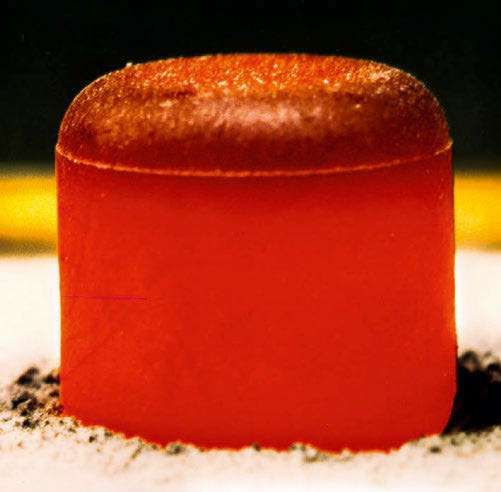
LOS ALAMOS NATIONAL LABORATORY – U.S. DEPT OF ENERGY/NASA – NASA
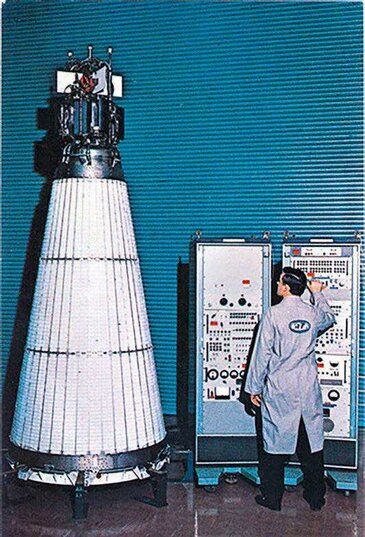
LOS ALAMOS NATIONAL LABORATORY – U.S. DEPT OF ENERGY/NASA – NASA

LOS ALAMOS NATIONAL LABORATORY – U.S. DEPT OF ENERGY/NASA – NASA

LOS ALAMOS NATIONAL LABORATORY – U.S. DEPT OF ENERGY/NASA – NASA
A new hydrogen thruster powered by a nuclear fission reactor, Draco, will be tested in orbit, 2,000 km from Earth, by NASA and the American defense research agency. And atomic energy will be back in space.

